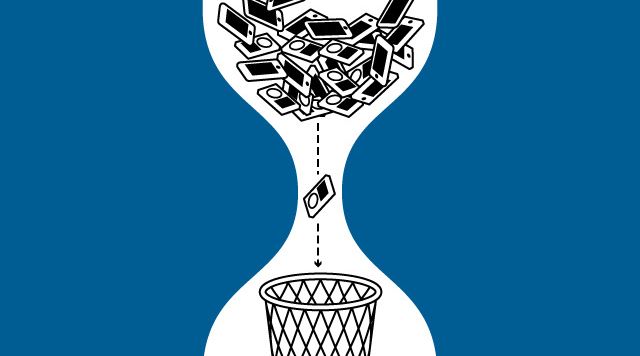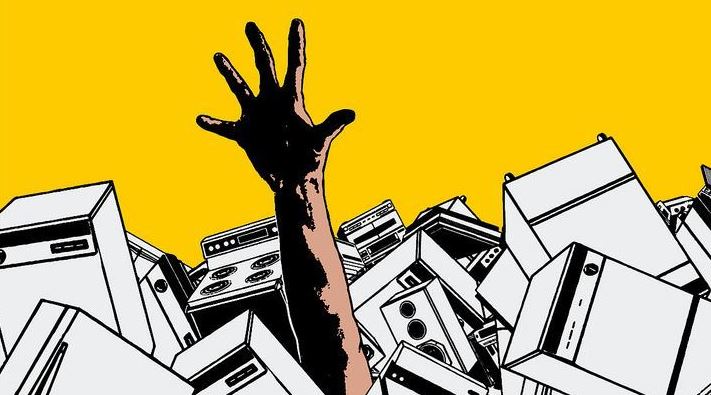Usually, most of the technological products we buy are in our hands after a while. Even products that are advertised as impossible to spoil on the market spoil after a short time. In this case, buying a new one is seen as a better option than having the old one repaired and used. However, after a short time, the product we bought as new deteriorates, and in this case, we go back to the beginning. And this cycle continues in this way.
The meaning of the conscious aging method, which was used for the first time by Bernard London, is to mobilize the consumer to buy the new thing as soon as possible.

The meaning of the conscious aging method, which was used for the first time by Bernard London, is to mobilize the consumer to buy the new thing as soon as possible. The beginning of the conscious obsolescence method dates back to the 1920s. Many light bulb manufacturers, especially Osram, Philips and General Electrics, came together and formed a cartel to control the light bulb industry and regulate the production and sale of light bulbs. They named this cartel Phoebus.
A cartel called Phoebus is in development.

Thus, the quality of lamps that can last 2500 hours began to be reduced in order to buy more and increase the demand intensity. On the other hand, bulbs that can last for 1000 hours were introduced to the market. However, there is another light bulb produced at a fire station in California. This light bulb has been working properly since 1901.
Brooks Stevens and Edward Bernays come up with a new idea to make it easier for the consumer to buy the new product.

The recovery plan presented by Bernard London on the way of deliberate obsolescence is being withdrawn for the time being, in the first place. The reason for the transfer is because they could not find a supporter to start, but they took away the products that were produced under the law and made them buy new products again. But in 1940 Brooks Stevens and Edward Bernays came up with such an idea that it became impossible for the consumer not to buy the new product. “Whether the consumer buys the new model or not, so the choice is entirely theirs. But instead of having a broken product repaired, wouldn’t it be more logical to buy a new one for almost the same money?” They come up with a proposal.
The difference between the work of new generation engineers and old-fashioned engineers is another situation created by the conscious obsolescence method.

With the conscious obsolescence method, Brooks Stevens and Edward Bernays’ idea of encouraging them to buy, a completely new situation was beginning to emerge. The difference between the work of new generation engineers and old school engineers was another case of deliberate obsolescence. Thus, while the new generation engineers were involved in the production of products that were easy to sell, the old-fashioned engineers were the ones who argued that long-lasting and more usable products should be designed. As you can see, the work of new generation engineers became more popular.
Are we really being taken over by tech companies?

All these things such as trying to adopt the idea of “throw away the old, buy the new”, efforts to increase the consumption frenzy, and the design of products to deteriorate are actually a set of facts that have taken over us by technology companies. People actually get lost in this consumption cycle. He unconsciously adopts the ideas that are tried to be conveyed directly or indirectly.
You can also watch the documentary filmed on the subject by German director Cosima Dannoritzer in 2010:












